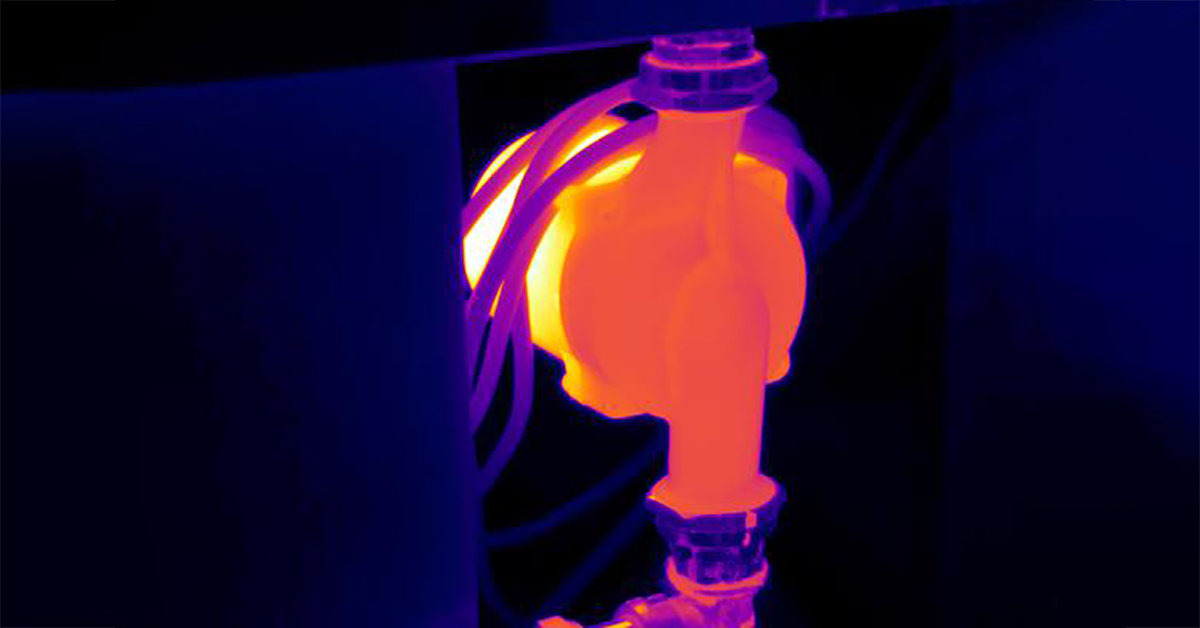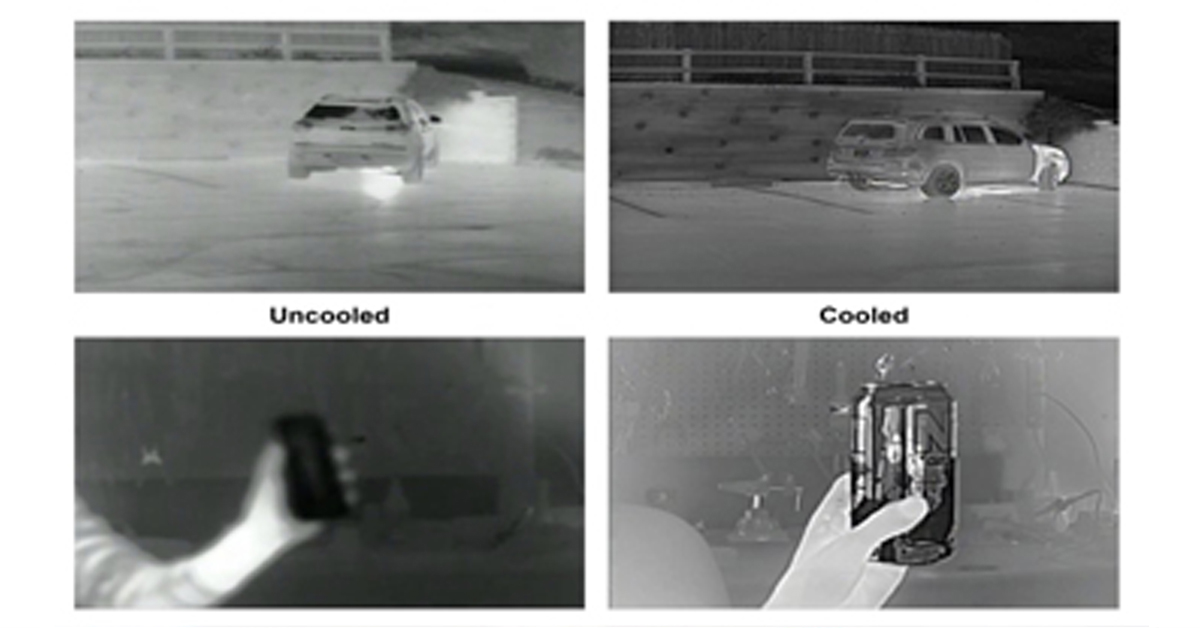
What Is the Right Handheld Thermal Camera for You?
The critical factors in determining the most appropriate thermal camera to keep in the tool bag often come down to the camera’s intended use and how often one plans to use it. After all, FLIR thermal cameras for residential, commercial, and industrial use can range in price from just a few hundred US dollars to high five figures with significant leaps in performance in between. The right handheld thermal camera will provide the features and capabilities the user needs at a price they can afford.
As there are dozens of specifications one can compare between cameras, it’s crucial to understand which can be the most helpful to check when evaluating the various thermal camera series offered by FLIR.
Here are four of the most important factors to consider:
- Resolution: Generally, the lower the cost of a camera, the lower the resolution. Even with a lower resolution, these cameras can be effective at close range to examine easily accessible targets, but will struggle to provide effective visual detail necessary to make meaningful decisions for very small targets or those many meters away.
- Focus: Lower-end cameras typically have a fixed focus that requires the user to move the camera in order to achieve a crisp image. This can become an issue if the job requires precise measurements. An out-of-focus image means a less accurate temperature measurement, regardless of a given camera’s true thermal resolution.
- Field of View (FOV): For work close-up, a lens with a wide angle FOV (45° or higher) will be more useful than a telephoto lens (typically 12° or 6°), which is primarily for longer distance work. For those who require both near and far inspection capabilities, a device with interchangeable lenses provides the greatest utility.
- Battery: The battery standby time, the expected battery life from continuous usage, and the option to swap out batteries quickly all need to be factored into a decision. For those who only require quick use of a thermal camera once every few weeks or so, standby time will take precedence. Conversely, those who are expecting a camera to be used all day may want long battery life and the ability to easily swap out batteries to complete the work uninterrupted.
With this in mind, below are three handheld thermal camera models with price points and features that can serve as a good starting point for determining the most appropriate camera for one’s needs: the FLIR E96, the FLIR E8-XT, and the FLIR C5.
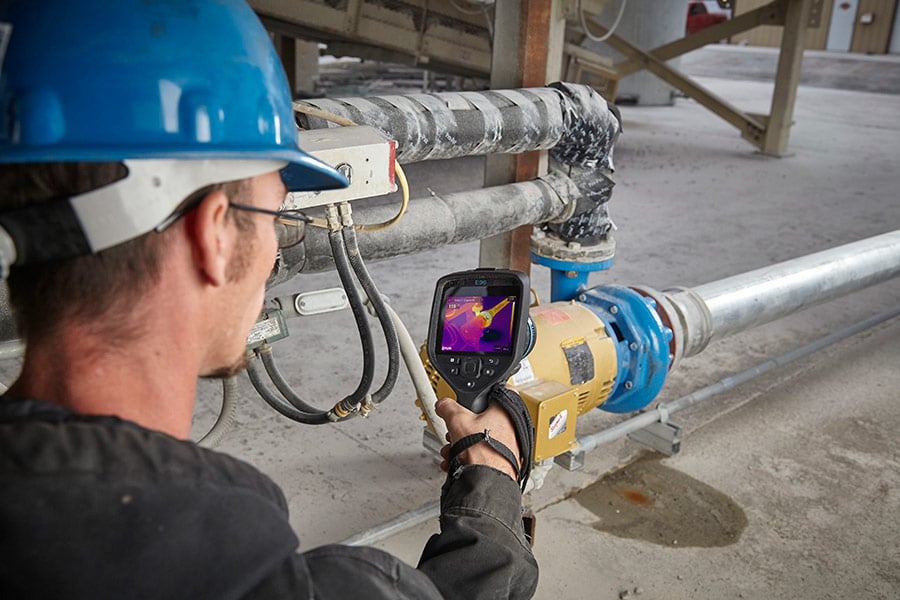
The E96 Offers the Best of All Worlds
As resolution can often play the biggest role in the price of a given camera, it’s important to think about the type of resolution required, and beyond that, the ability to focus the camera to inspect points of interest both near and far.
The E96 offers the best resolution for a handheld, pistol-grip thermal camera. It’s also the first 640 × 480 true thermal resolution camera available in this form factor. After all, more pixels mean more detail, providing the ability to get a more accurate temperature measurements every time for all types of targets.
To take full advantage of that resolution, the E96 offers a range of interchangeable lenses that can be autocalibrated and provide dynamic focusing options. Thanks to three optional FLIR AutoCalTM lenses, ranging from telephoto (14°) to wide angle(42°), the camera offers the most complete coverage for inspections near and far.
Furthermore, the E96 features a high capacity yet interchangable battery system to provide the most flexibility for all-day use.
An E-Series Camera for Close-Up Use at an Affordable Price: The FLIR E8-XT
320 × 240 true thermal resolution detector, and lacks the ability to adjust the focus. The fixed 45° lens offers an appropriate field of view for closer range inspection, but can’t be changed out for a different lens. However, the E8-XT does give the user the ability to swap batteries for external charging, a necessity for all day use, while still offering a very high temperature range for a variety of high-temperature inspections from -20°C to 550°C (-4°F to 1022°F).
The limitations of E8 make this device a good choice for those requiring a quality, rugged handheld camera but don’t need to conduct long range inspections where a narrower field of view and the ability to adjust focus are necessities.
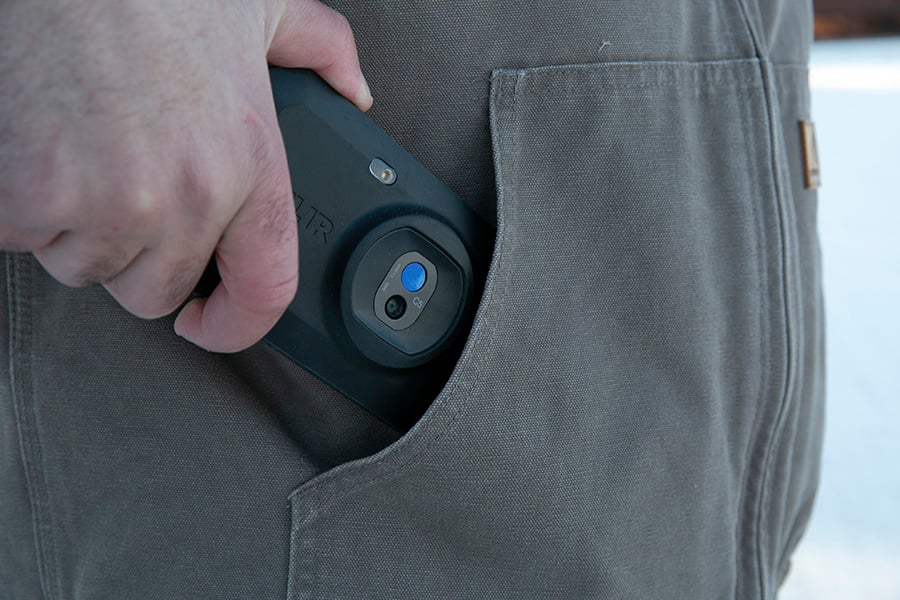
C5: The Best Handheld Thermal Camera
Thermal resolution of 160 × 120, this device features a compact, point-and-shoot style form factor with a touchscreen that will work with gloves while easily fitting into pockets.
Despite its smaller size, the device is still robust enough to handle drops from two meters and protects its components from the dust and grime found on a typical job site.
For those who currently use a FLIR ONE PRO, the C5 is a great upgrade as the battery lasts significantly longer (4 hours on one charge), and has approximately 30 days of standby time for quick, but irregular use at close range, all within a rugged casing and with Wi-Fi connectivity.
Blog Posts


Thermal Camera Selection
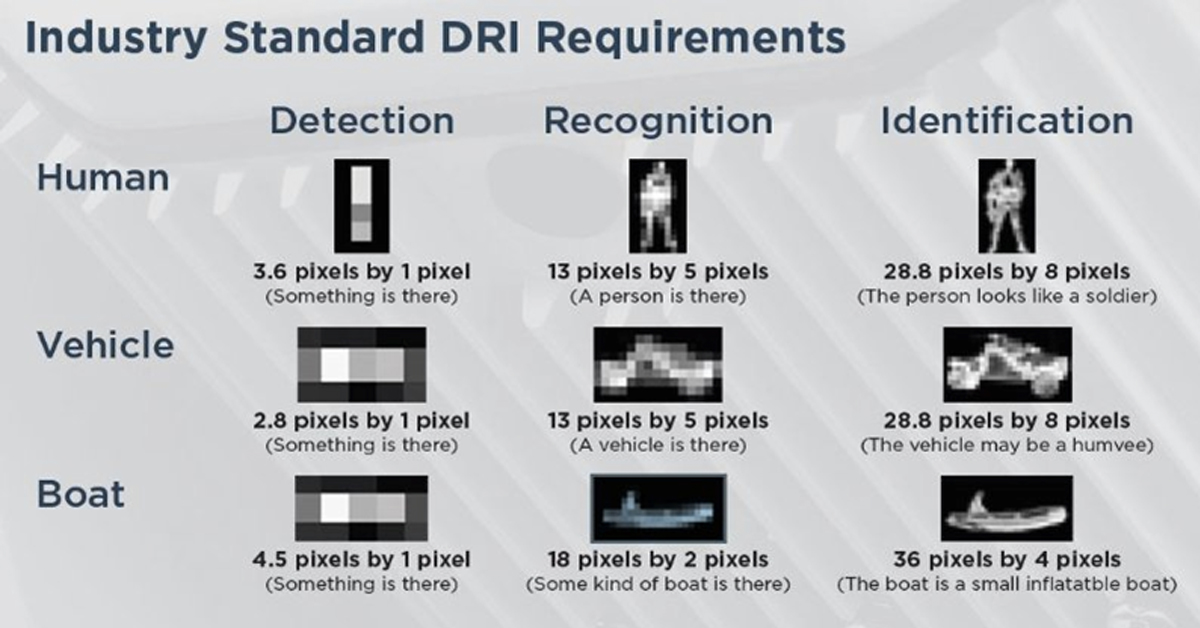
How Far Can I See?

How Should Human Temperature Be Measured?

What is Wide Dynamic Range?
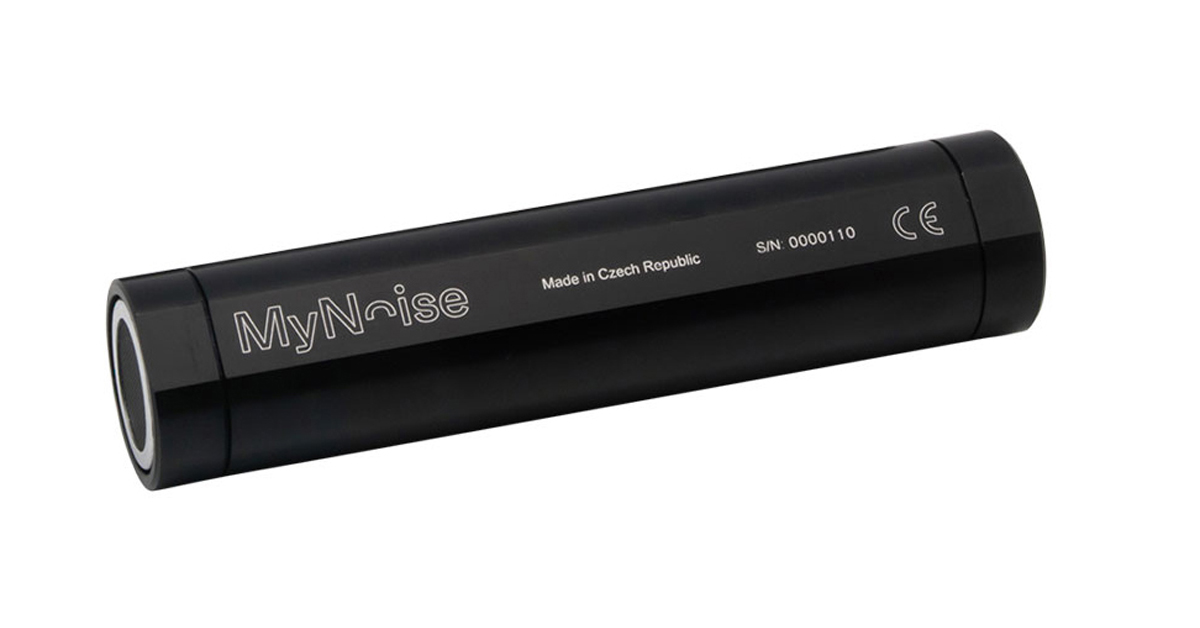
MYNOISE AUDIO MIXER REVIEW

WHAT IS A WIRELESS DISTRIBUTION SYSTEM?

POE VS. POE+ VS. POE++: CHOOSING THE RIGHT INDUSTRIAL ETHERNET SWITCH FOR YOU

INDUSTRY-LEADING INDUSTRIAL ETHERNET SWITCHES

UNDERSTANDING WHAT THE INDUSTRIAL INTERNET OF THINGS IS
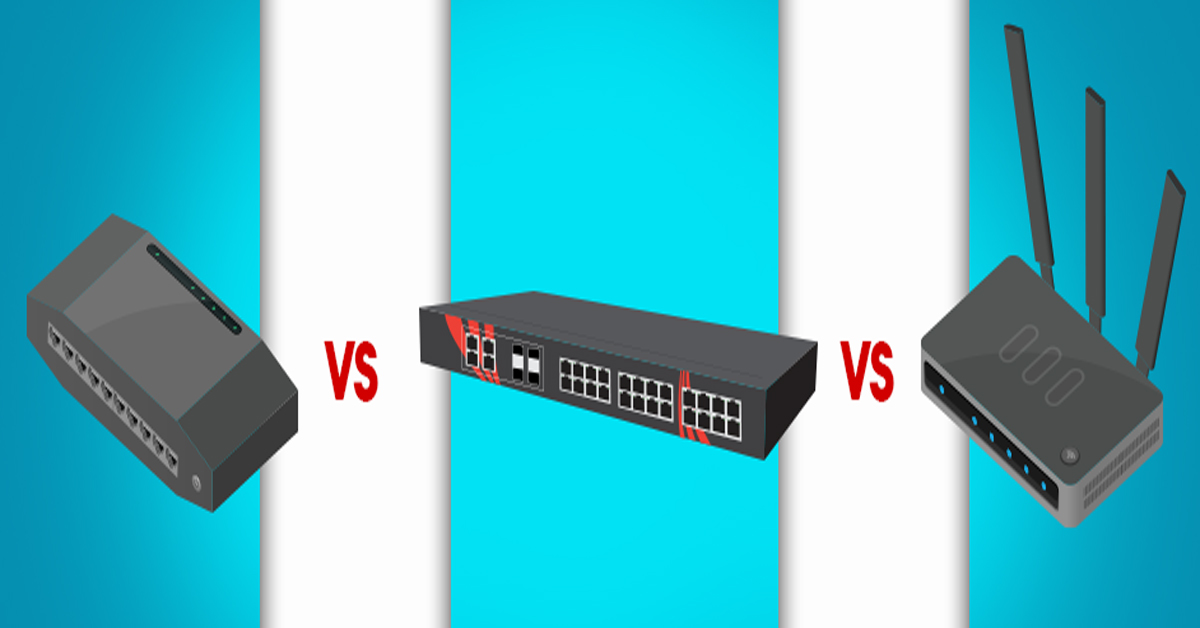
THE DIFFERENCE BETWEEN A HUB, SWITCH, & ROUTER
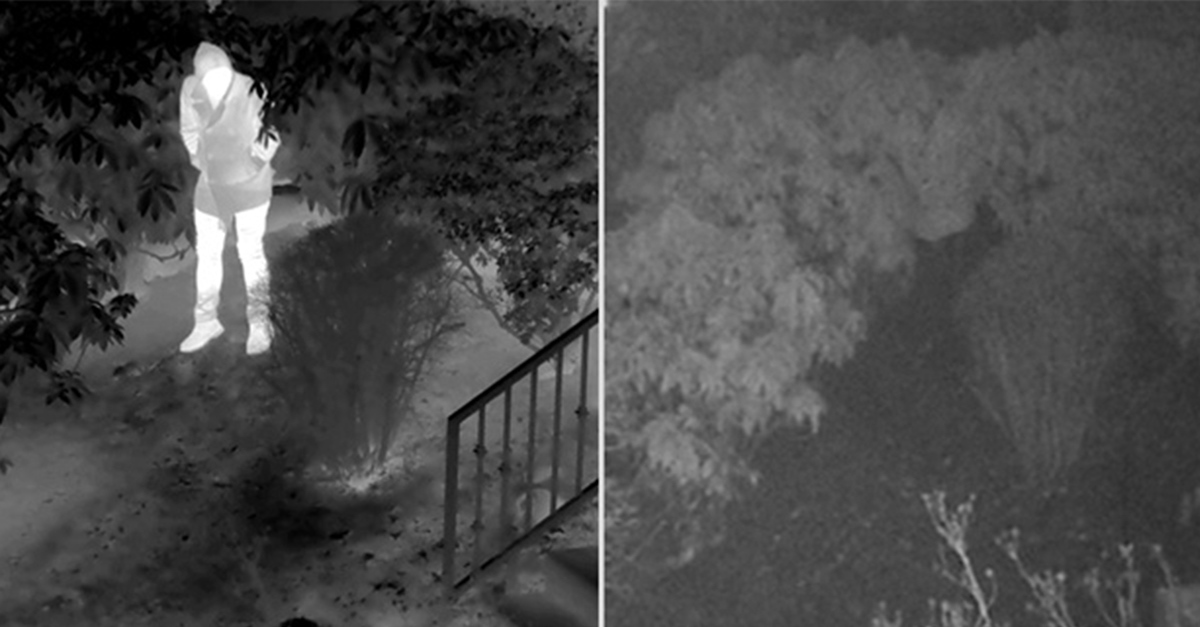
5 Benefits of Thermal Imaging Cameras

DIFFERENCE BETWEEN INDUSTRIAL ETHERNET AND REGULAR ETHERNET

INDUSTRIAL NETWORKING EQUIPMENT USED FOR AUTONOMOUS VEHICLES

CYBERSECURITY: PROTECTING INDUSTRIAL CONTROL SYSTEMS
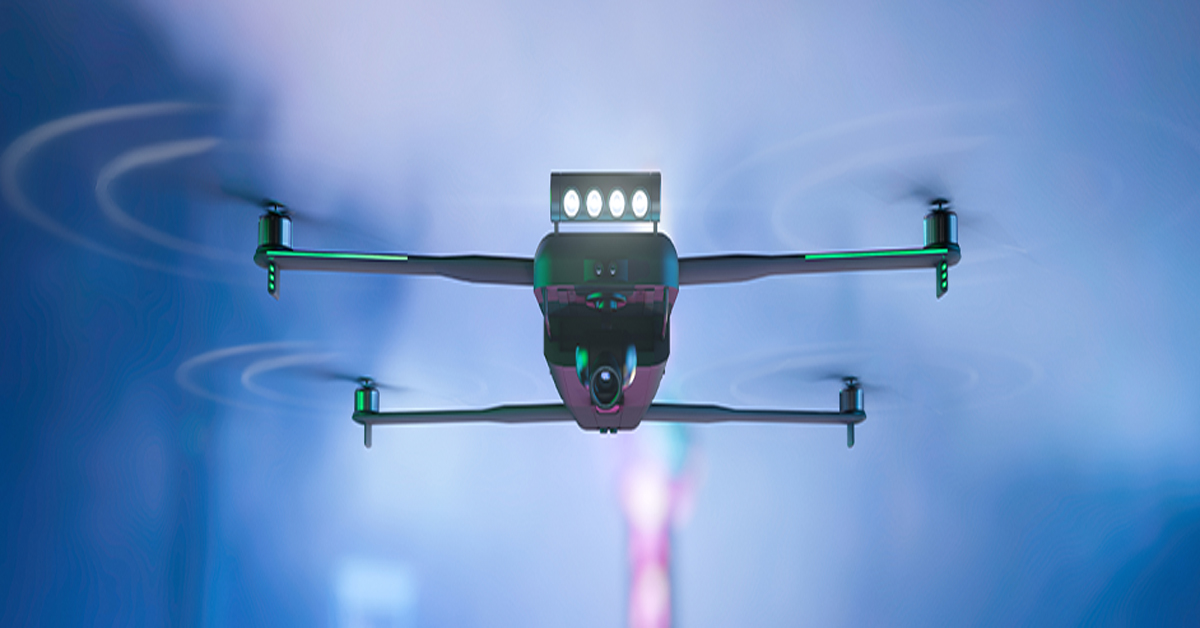
HOW INDUSTRIAL NETWORKING CAN PROVIDE SECURITY FROM DRONES
.webp)
Thermal Cameras Reveal How to Keep Your Home Cool During a Heat Wave
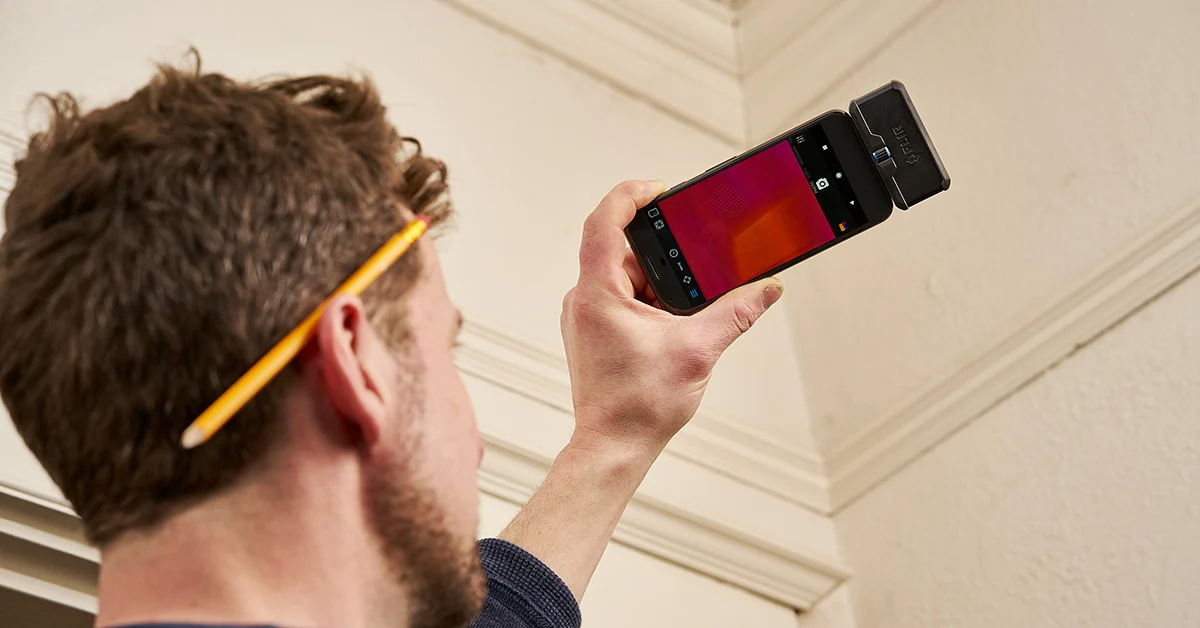
FLıR ONE PRO
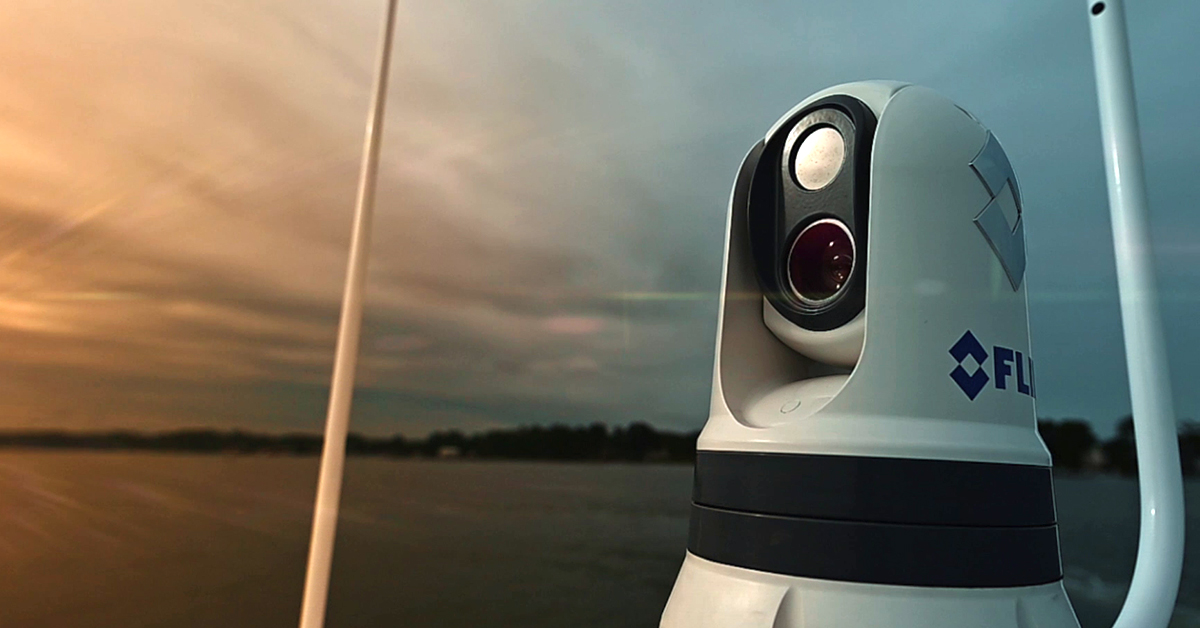
On the Water with the FLIR M364C
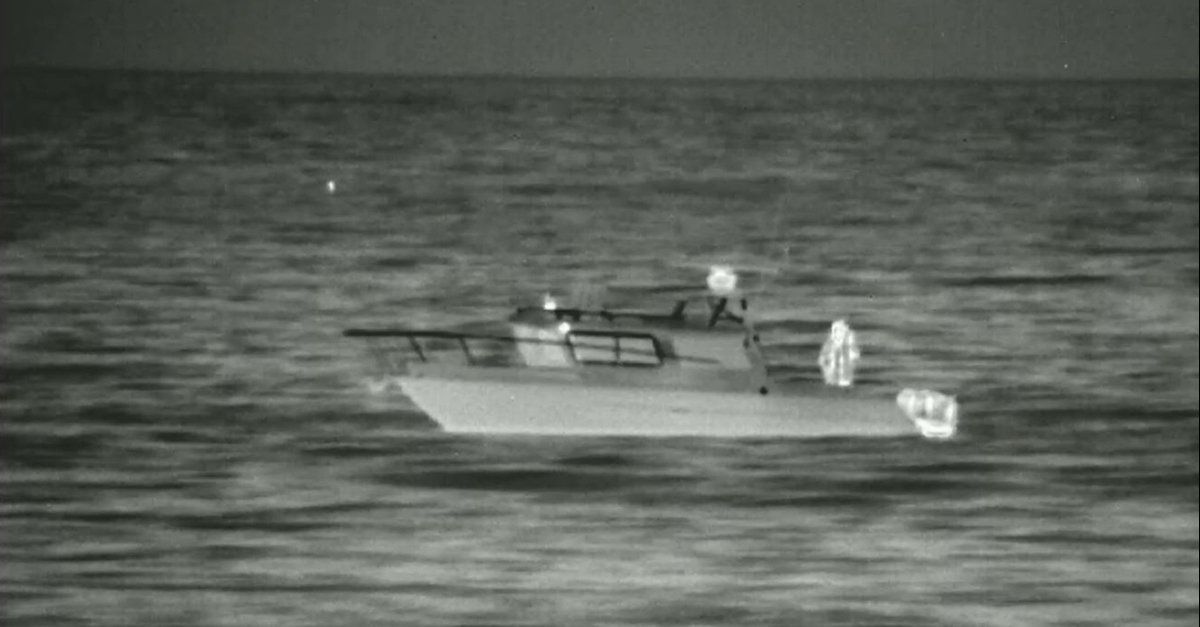
Unmatched Maritime Awareness with Cooled Thermal Imaging

What Is the Right Handheld Thermal Camera for You?
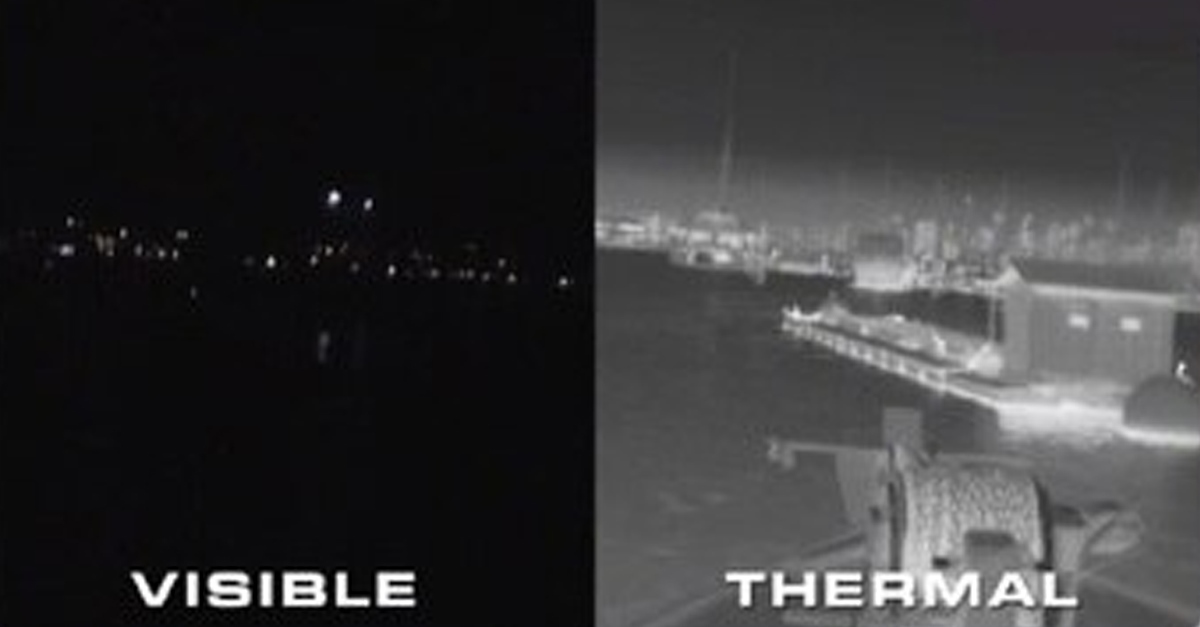
Camera Resolution and Range
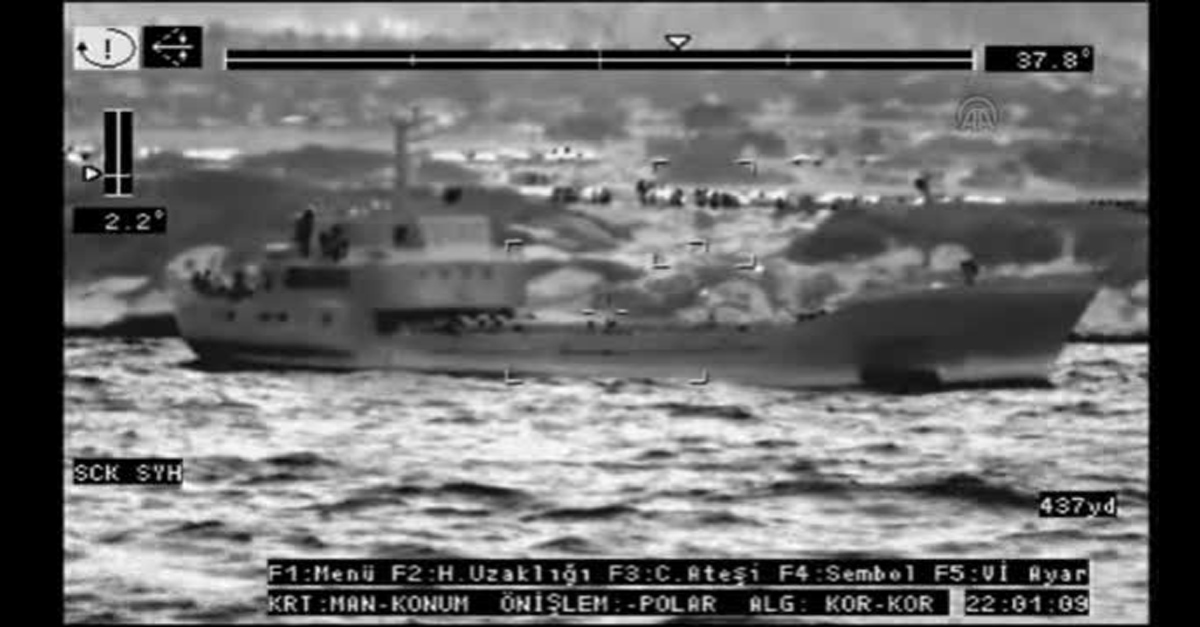
Special Applications for Marine Cameras

What’s The Difference between Thermal Imaging and Night Vision?

Can Thermal Imaging See Through Fog and Rain?
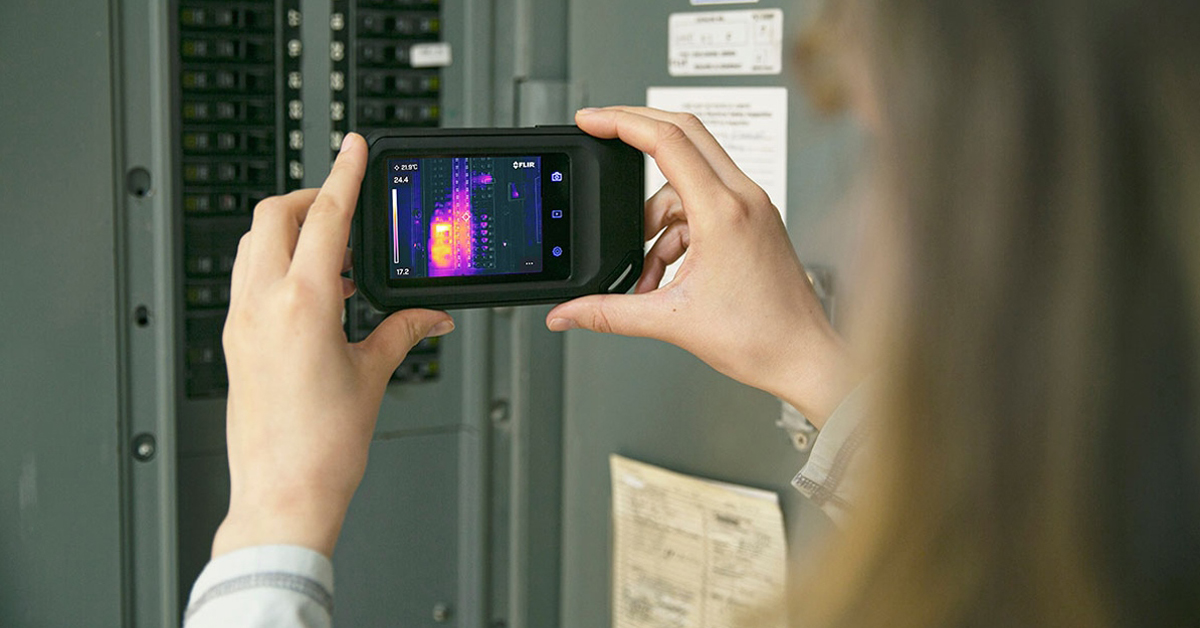
Which Cx-Series Camera Is Right for You?
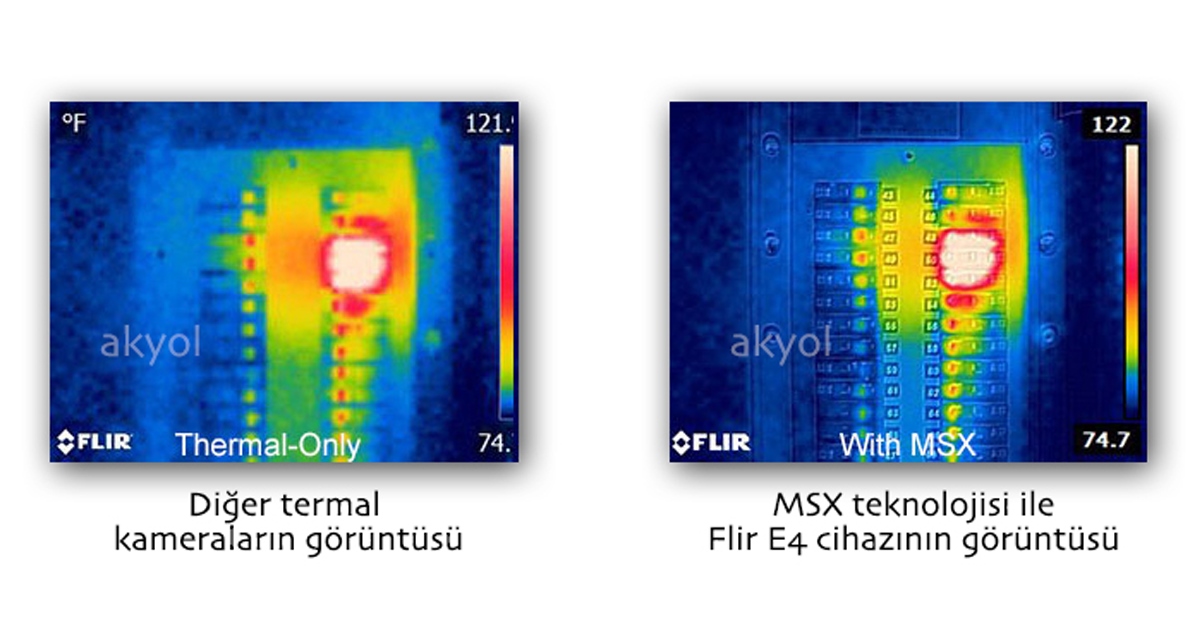
What is MSX®?

Five Reasons Maritime First Responders Need Thermal Imaging
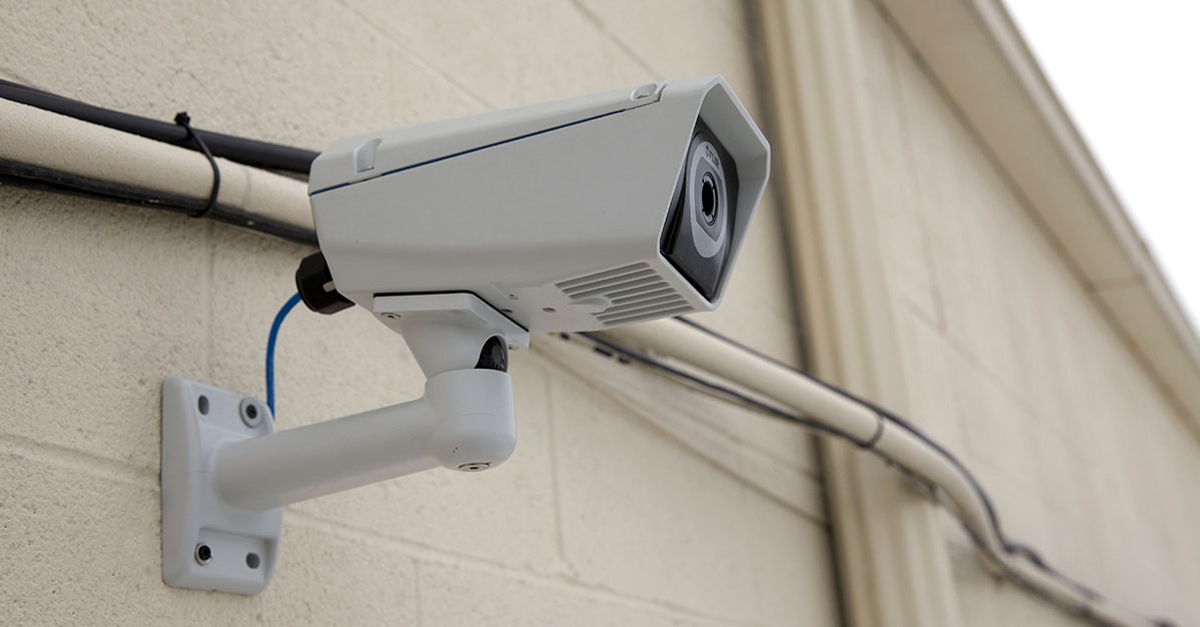
3 Distinguishing Features of Superior Thermal Cameras
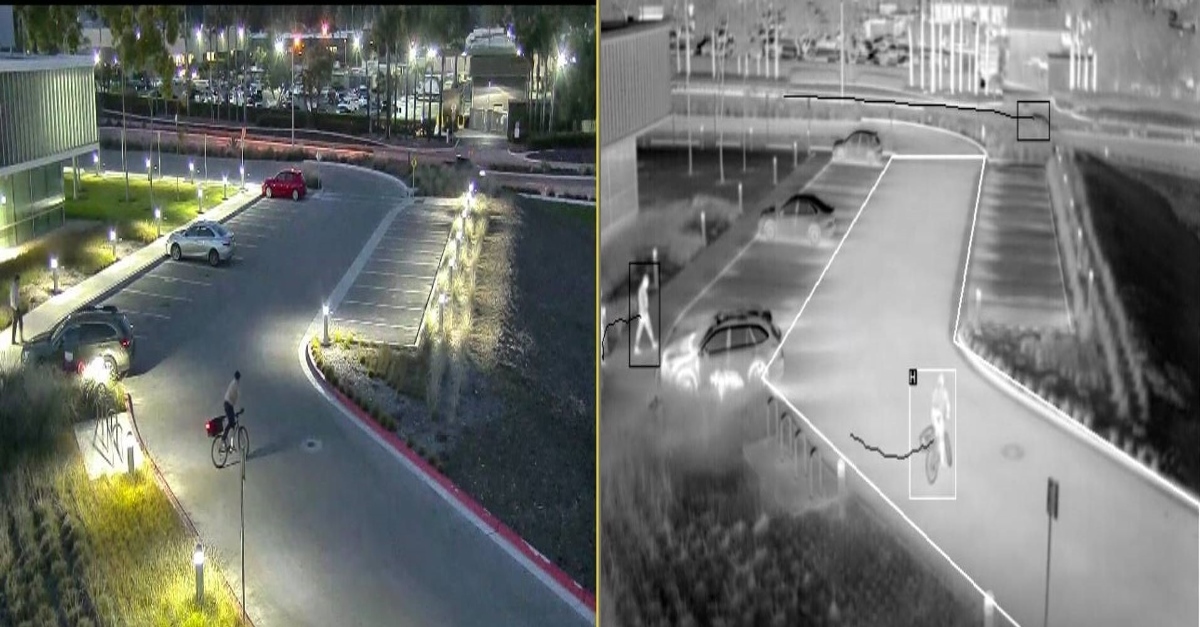
Determine Which Visible and Thermal Security Cameras You Need
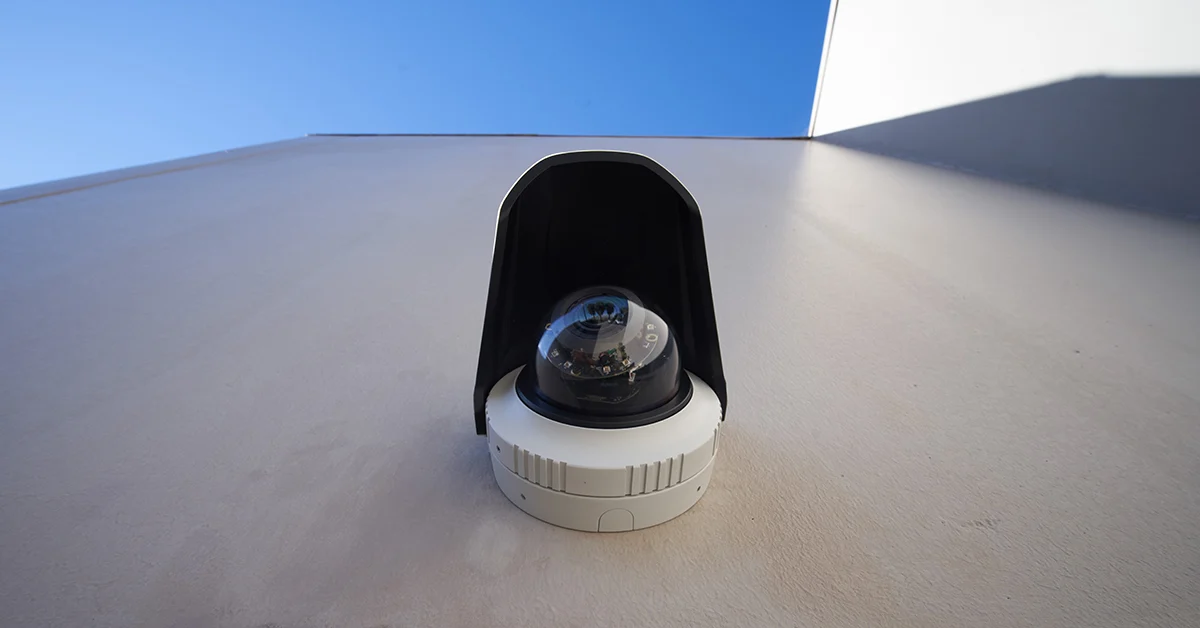
Bullet vs. PTZ vs. Dome: Which Security Camera Is Right for You?
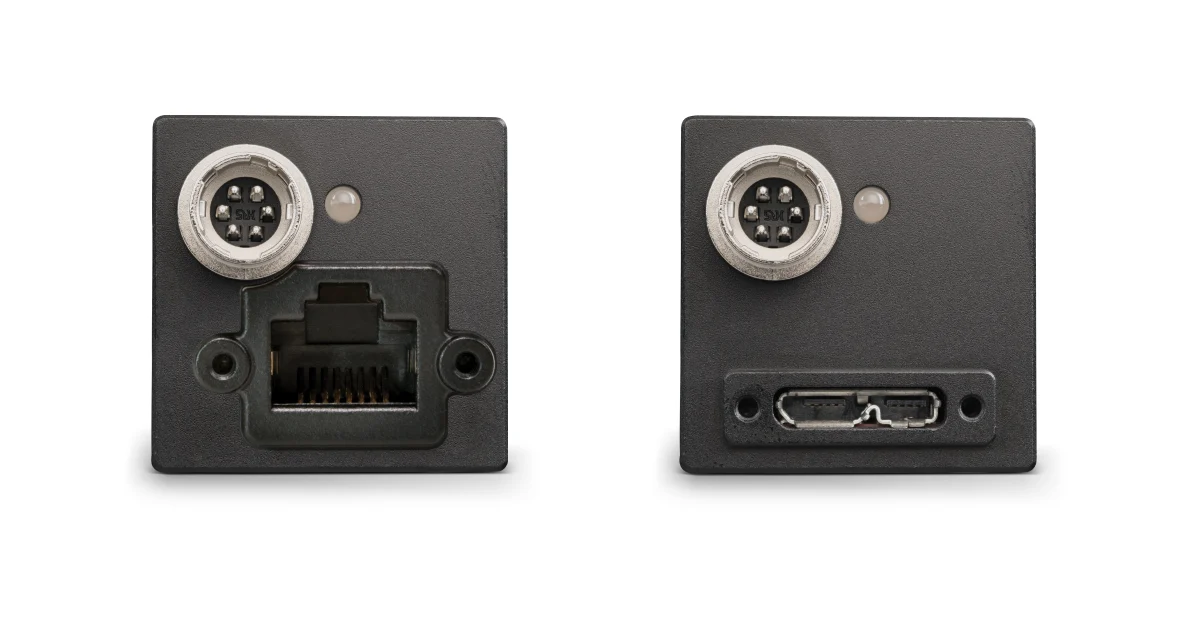
Interfaces for Machine Vision
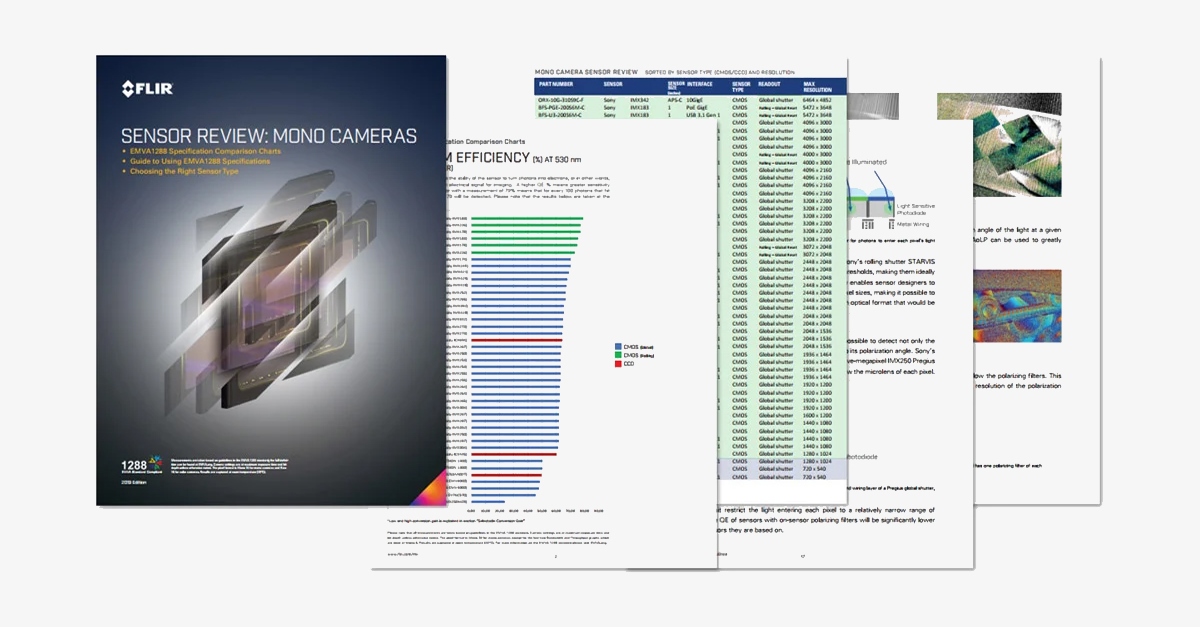
Machine Vision Sensor Review
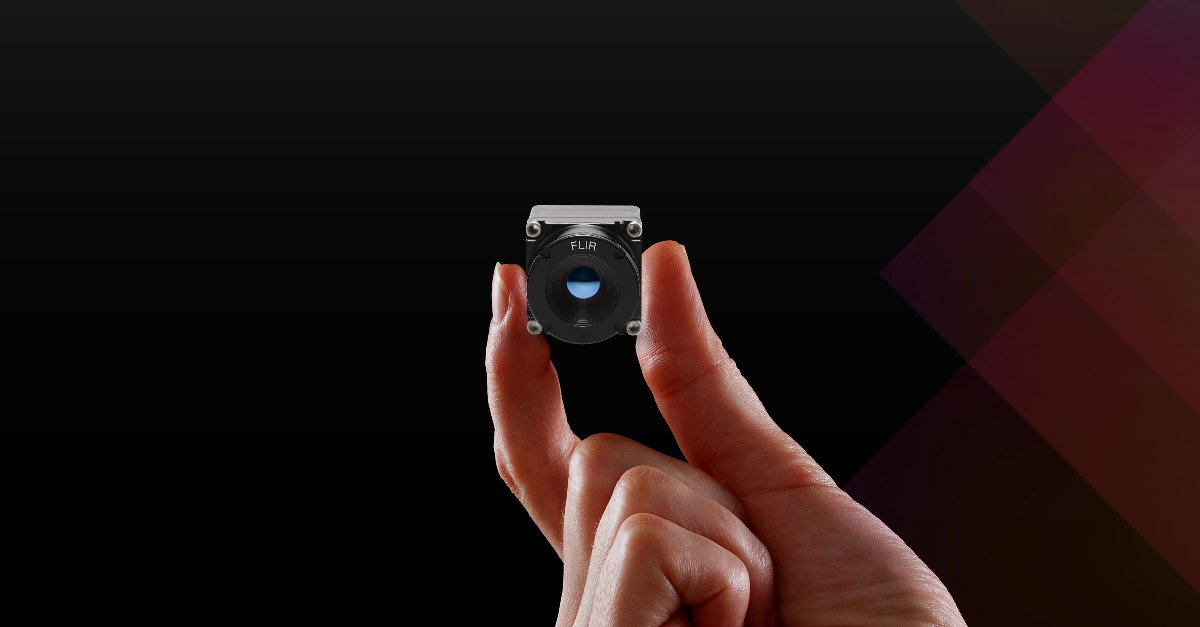
Teledyne FLIR, the Industry Leader, Launches Boson +, a Long-Wave Infrared Thermal Imager Module with an Accuracy of Less Than 20 mK

Whitepaper: IP-Based Security Convergence

3 Technologies Transforming Safe Cities into Smart Cities

Insights from the Field: Ensuring Workplace Safety Using Thermal Camera Screening for Entry Control
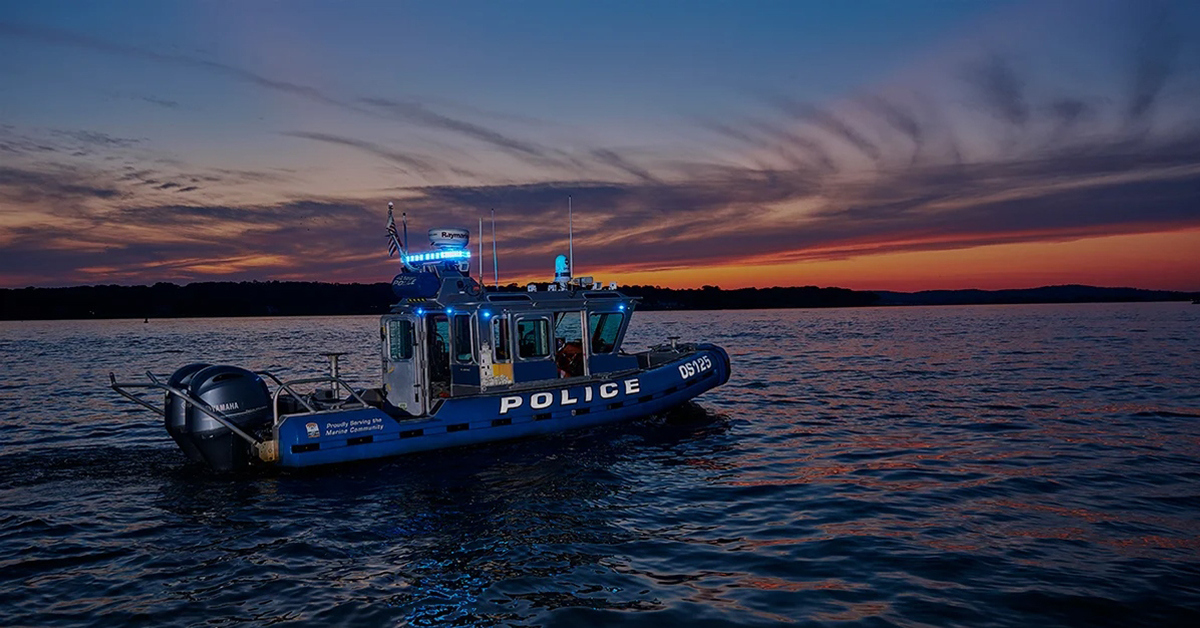
Thermal Night Vision as a Force Multiplier

Can Thermal Imaging See Through Walls? And Other Common Questions
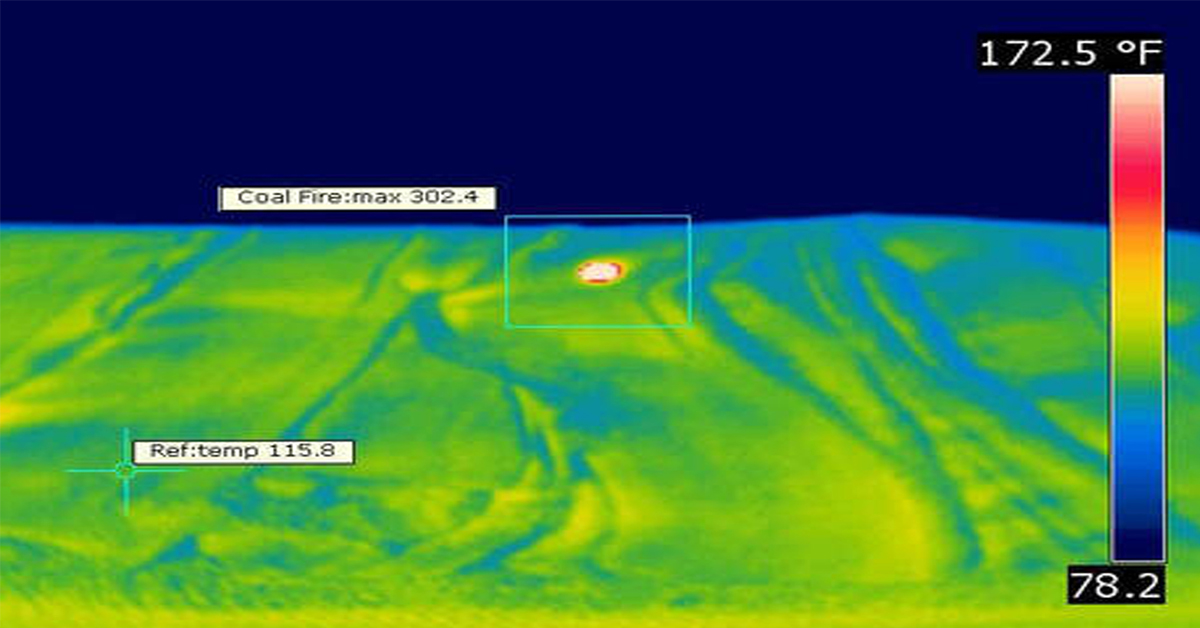
Application Spotlight: Early Fire Detection for Rapid Heat Generation
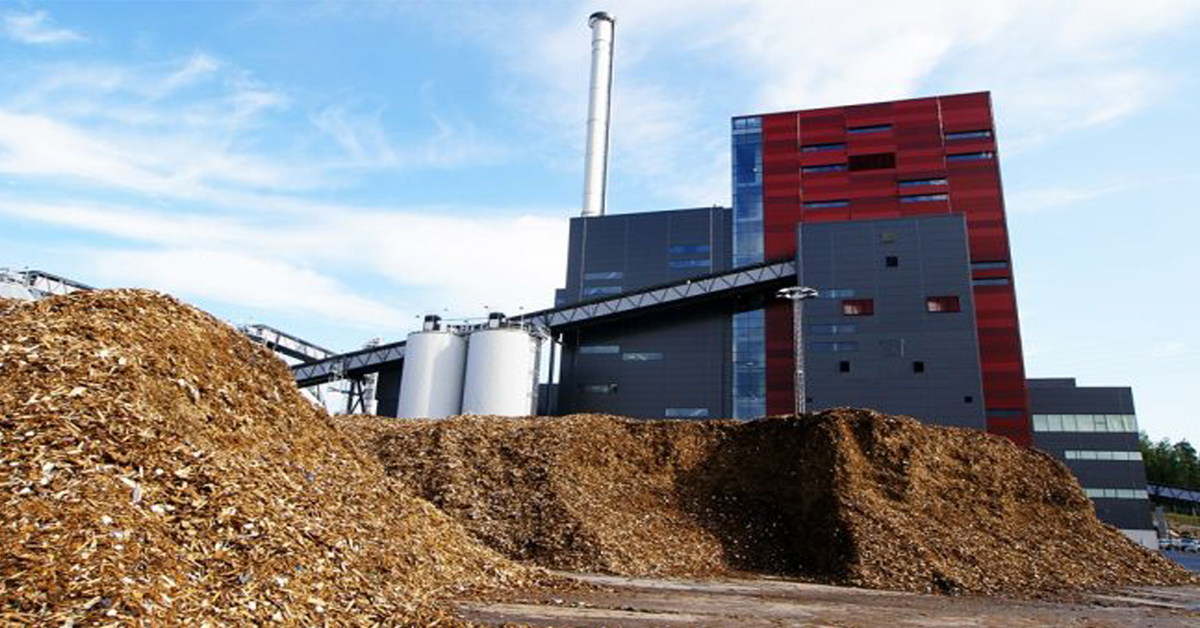
Protect Personnel and Equipment by Detecting Early Signs of Fire
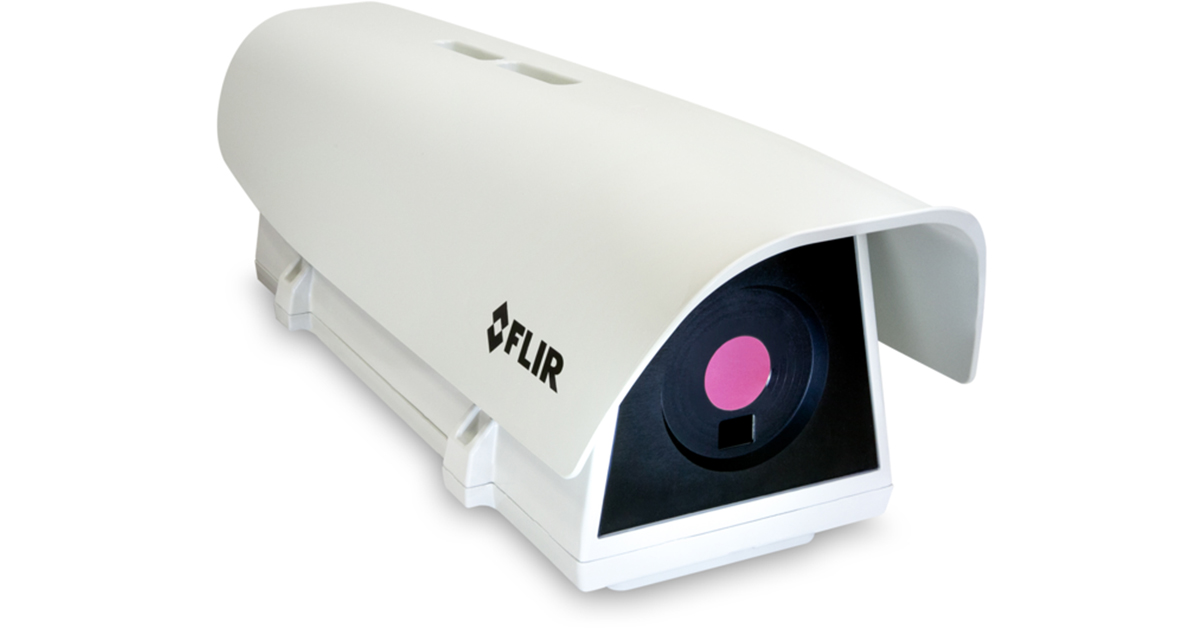
Teledyne FLIR Launches A500f/A700f Cameras for Fire Detection and Condition Monitoring

Thermal Imaging Cameras Help Guarantee Fire Safety in Tunnels
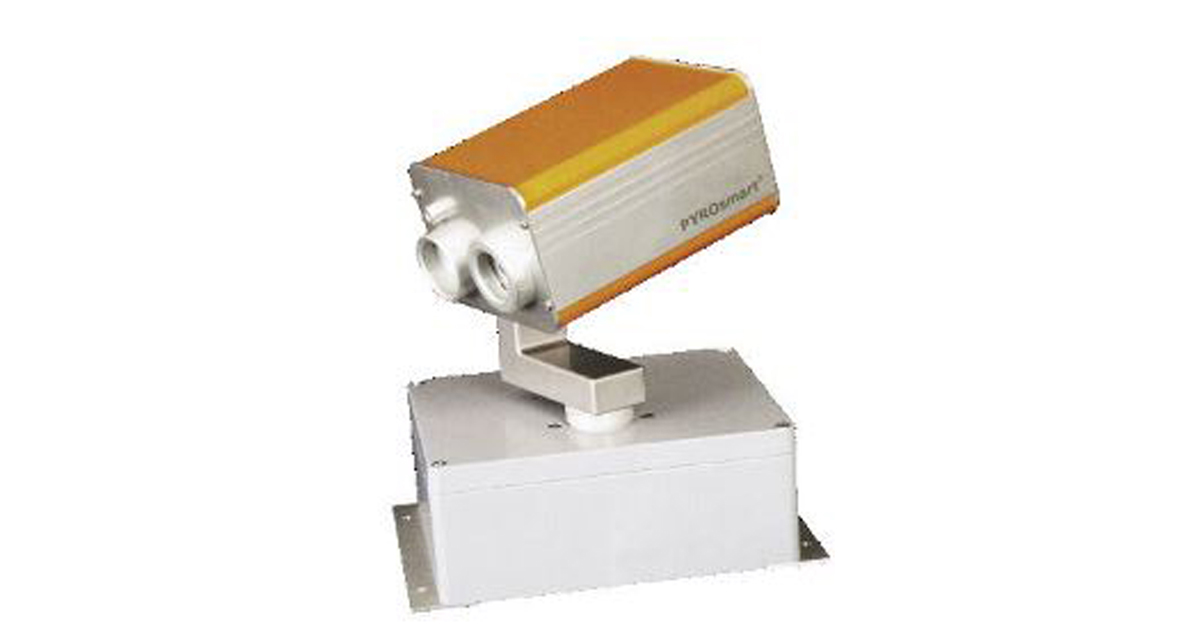
Thermal Imaging Cameras Help to Prevent Fires
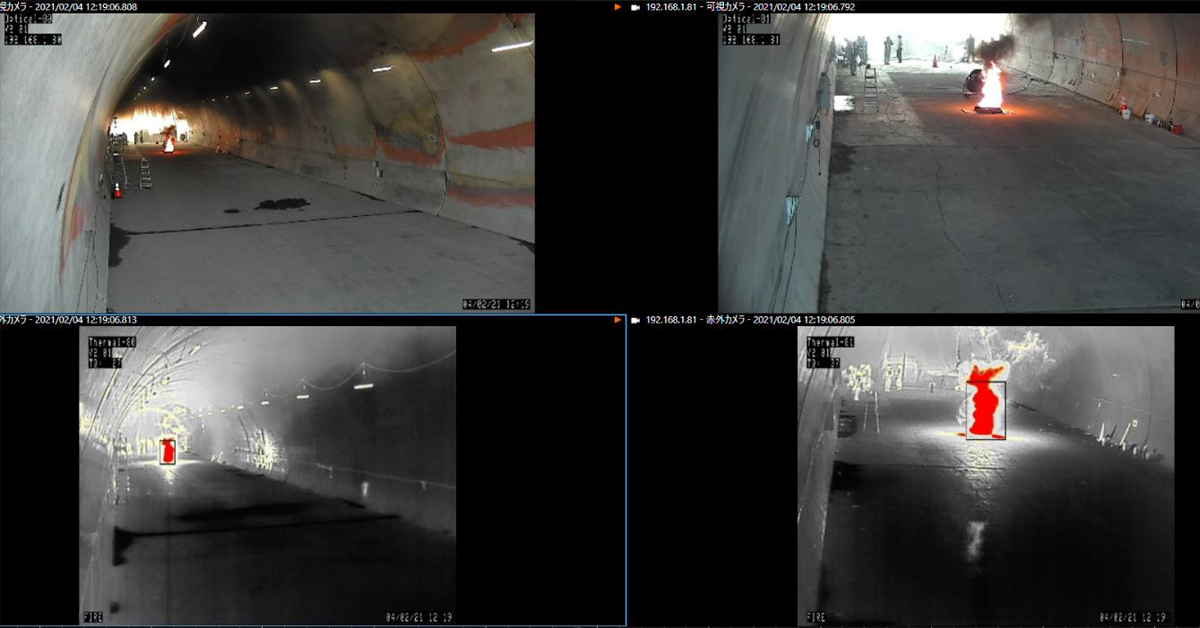
ITS-Series Dual AID Surpasses Standards for Fire Detection Systems in Japan
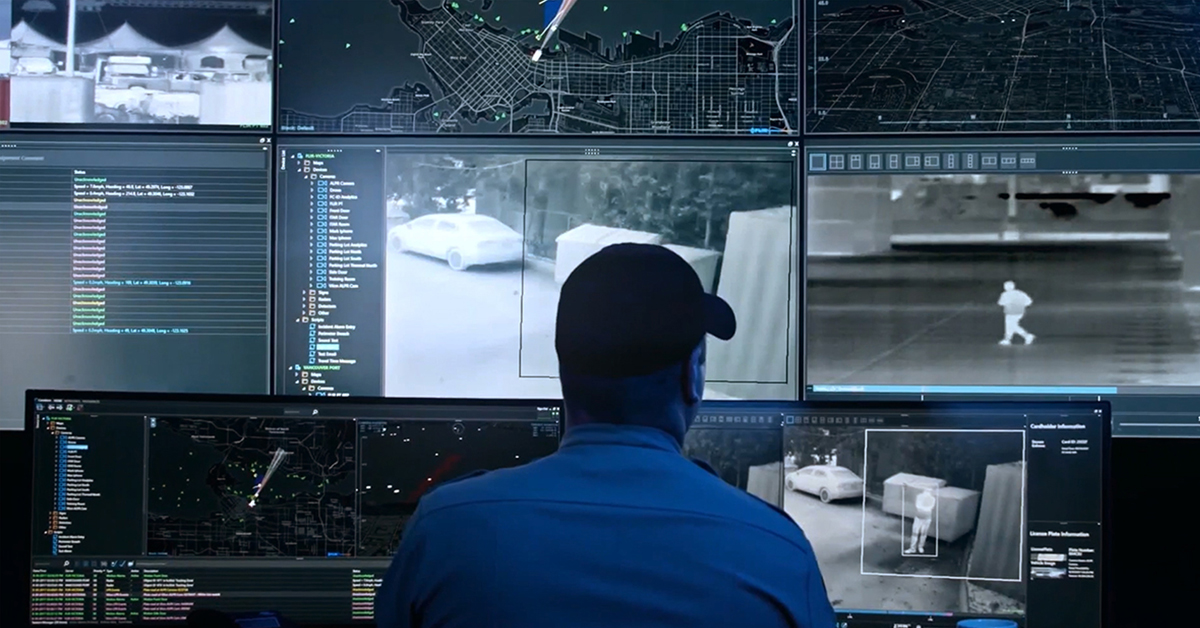
How Layering Multispectral PTZ Cameras and Radars Improve Perimeter Protection

POWER REMOTE RESET TECHNOLOGY - PRRT

Why Yacht Owners are Adding Thermal Imaging Cameras to Minimise the Risk of Lithium-Ion Battery Fires?

Intelligent Transportation Systems
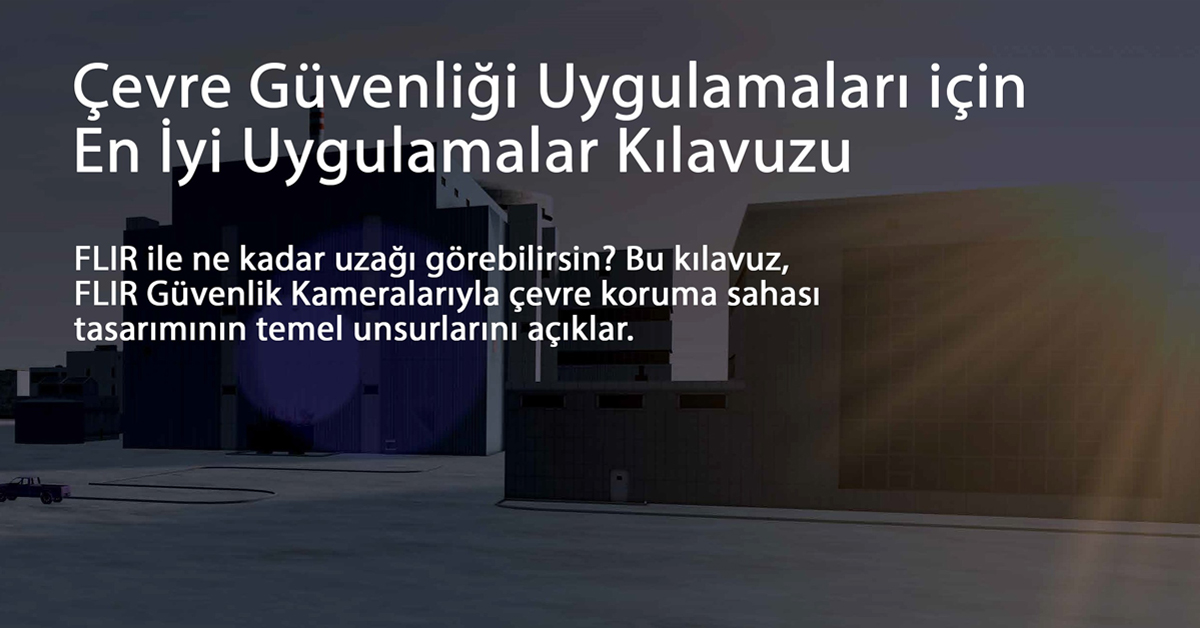
Best Practices Guide for Perimeter Security Applications

Protect Pedestrians, Bicyclists and More with Thermal Smart Sensors
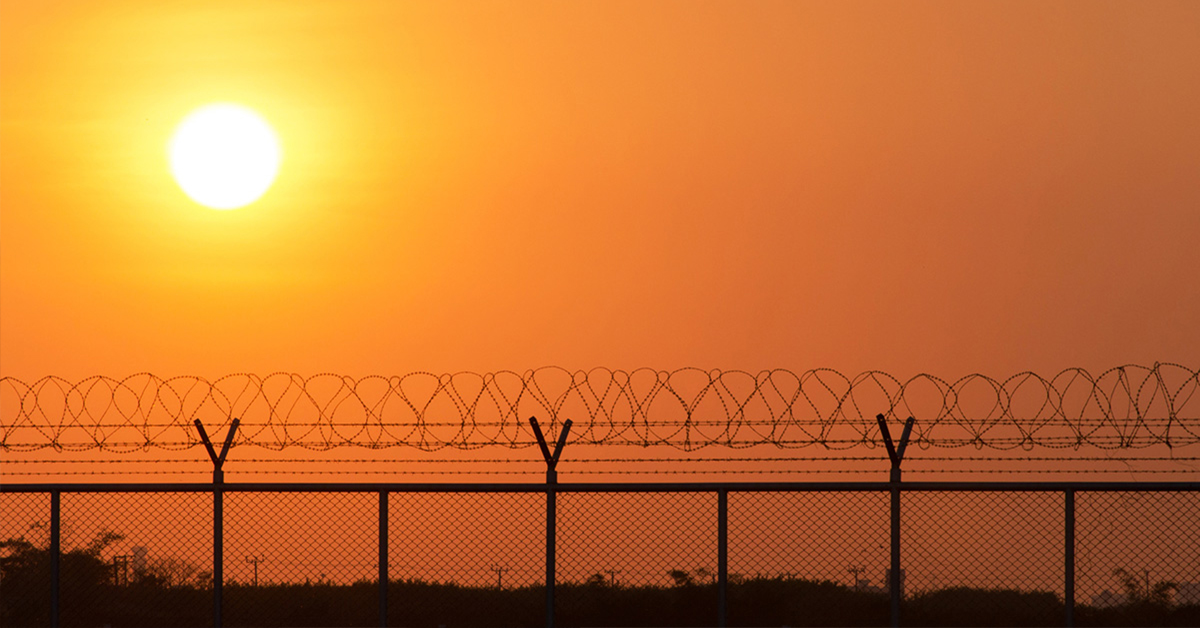
White Paper: Application of Ground-Based Security Radar to Perimeter Systems
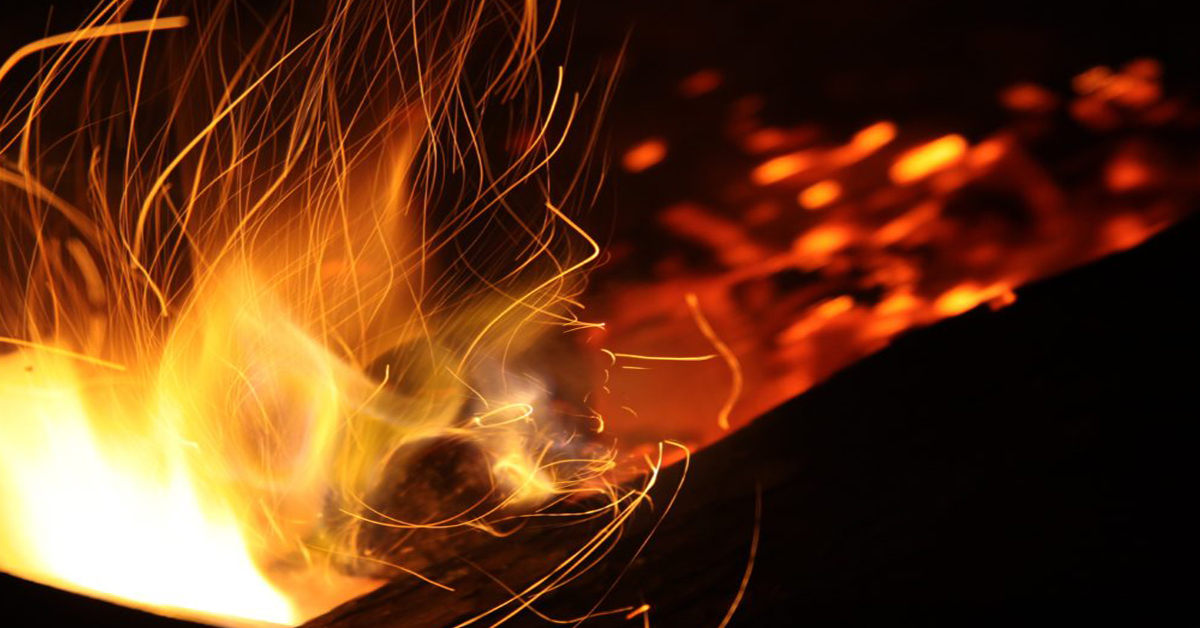
What is Thermal Leakage and How to Reduce Its Risks
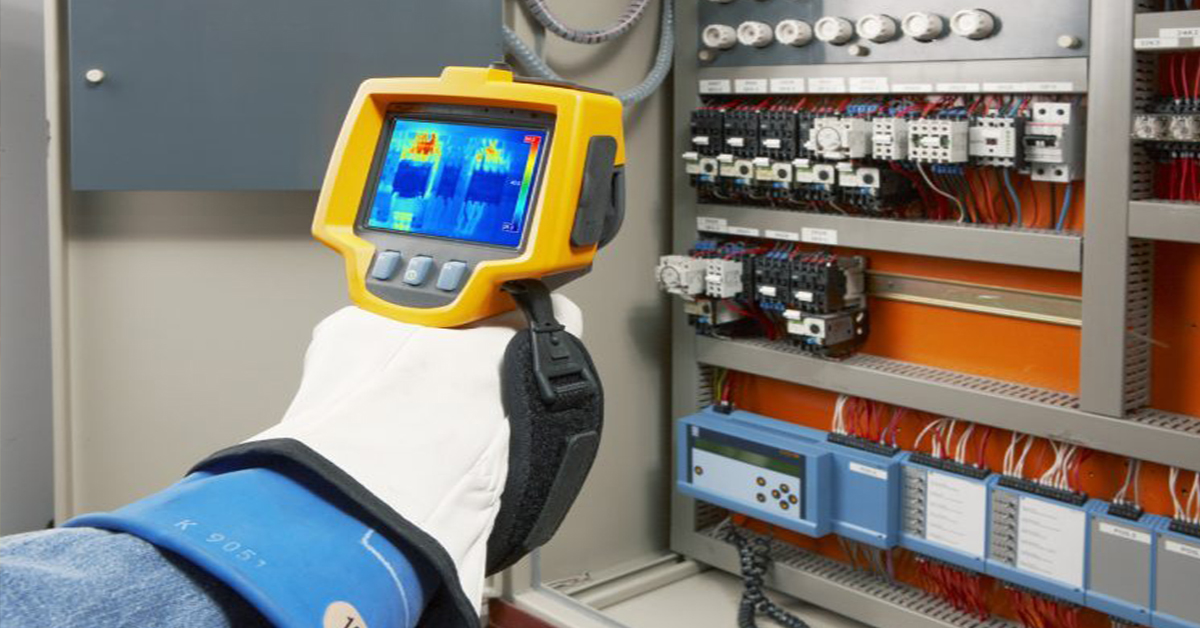
Battery Inspection Using Advanced Thermography
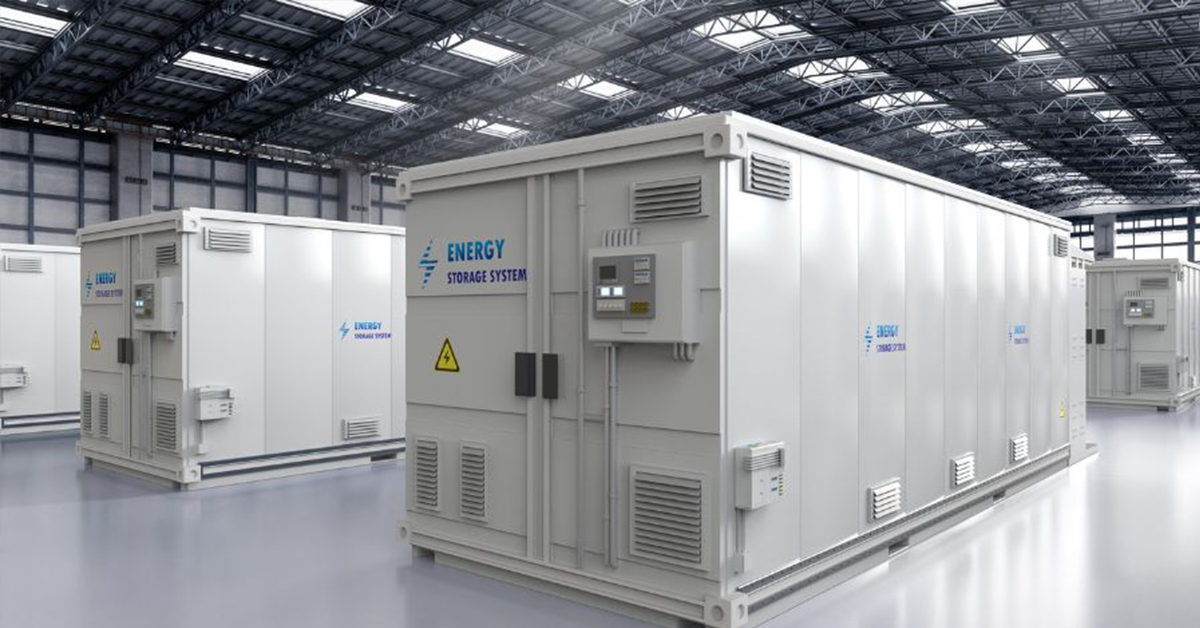
Providing ire Protection for Lithium Battery Storage
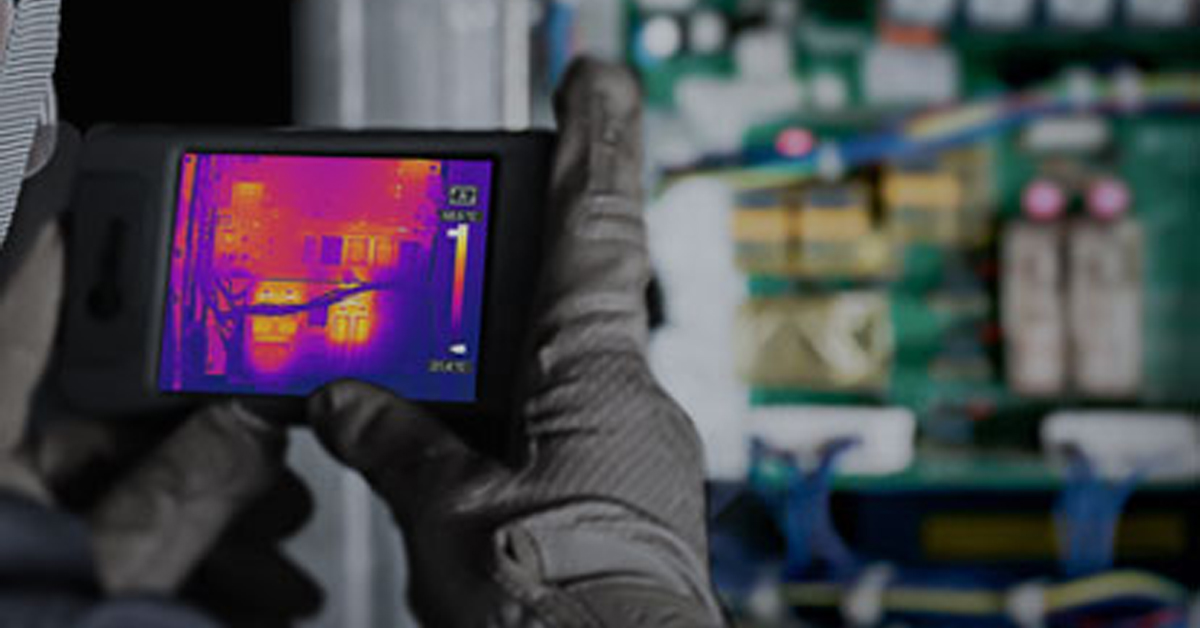
The Power of Thermal Imaging
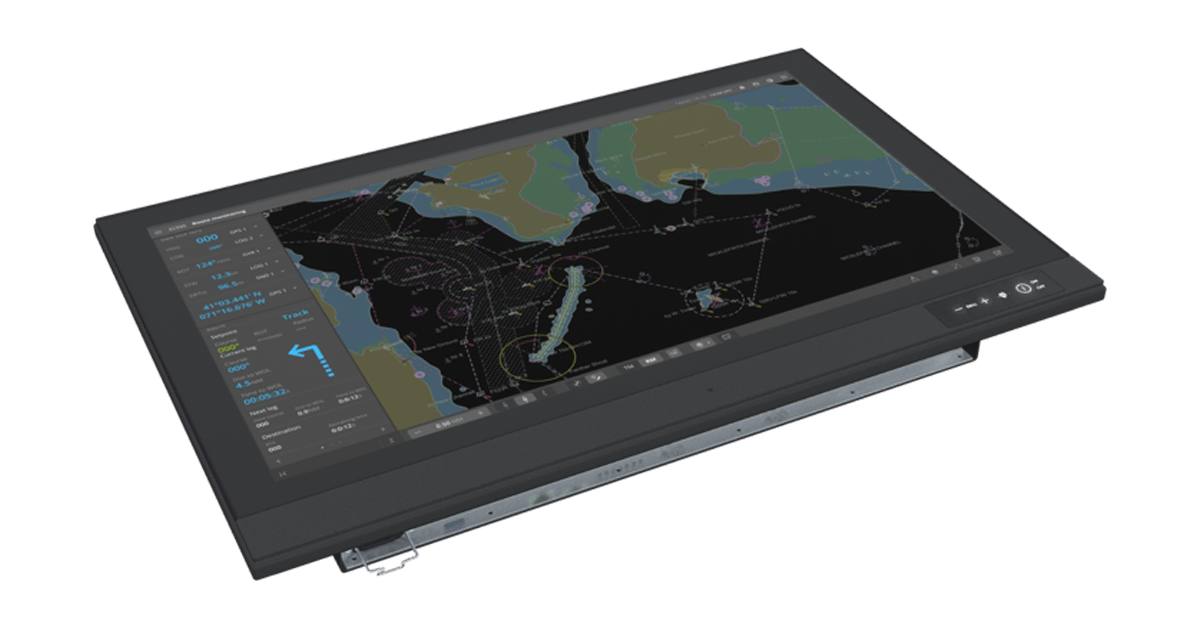
Why Panel PCs Are Perfect For Industrial Applications?

Teledyne DALSA
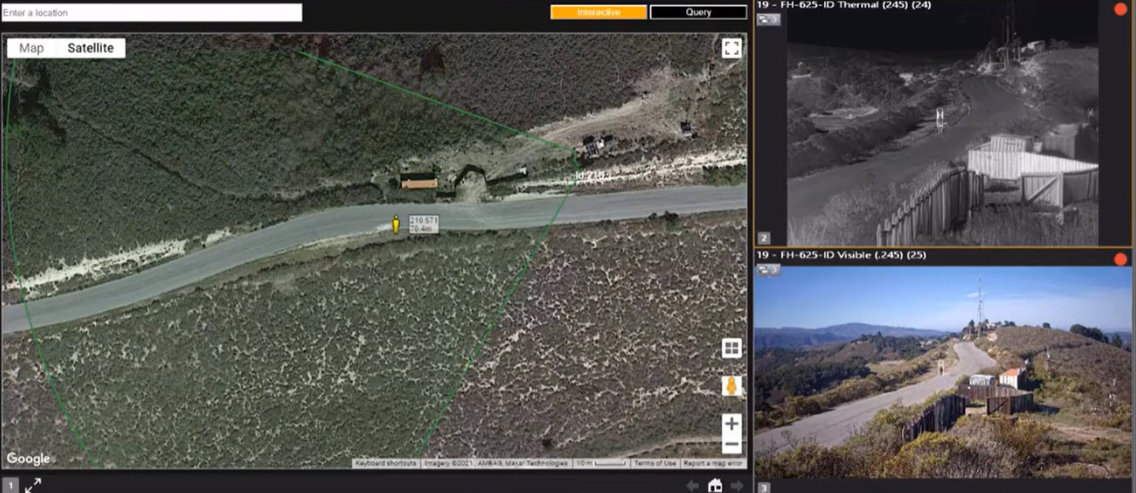
Advantages of Virtual Barrier Video Analytics for Perimeter Security Systems


NASA Takes the Teledyne FLIR Boson Thermal Camera Module Out of this World

Port Security Enhancement: DP World Yarımca's Trust in FLIR Security Solutions for Effective and Safe Port Operations
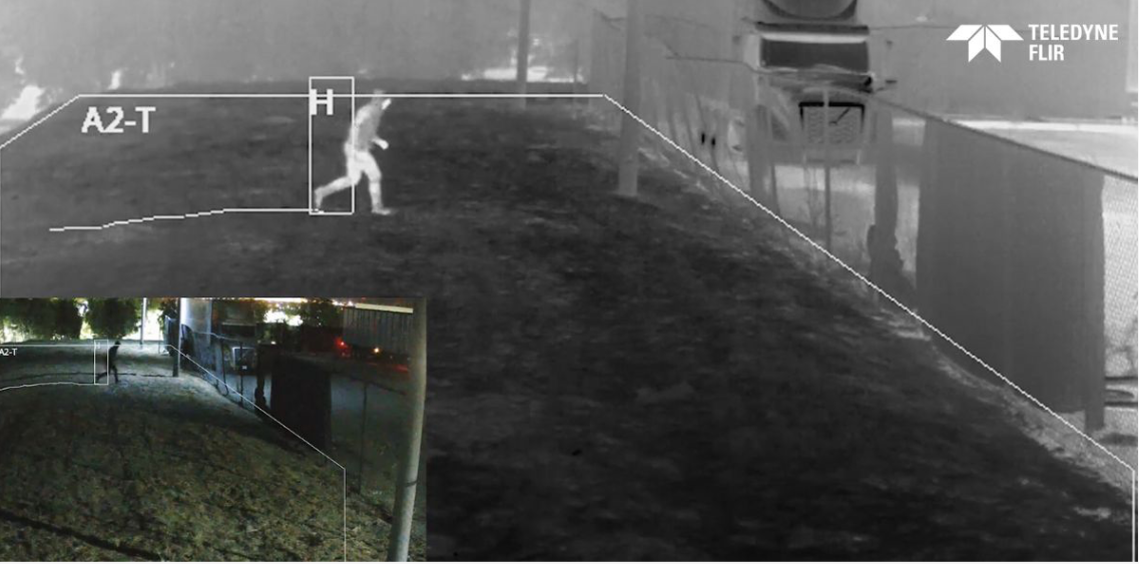
The Importance of Thermal Sensitivity (NETD) for Detection Accuracy

Bosphorus Boat Show 2025: The Meeting Point of the Maritime World
